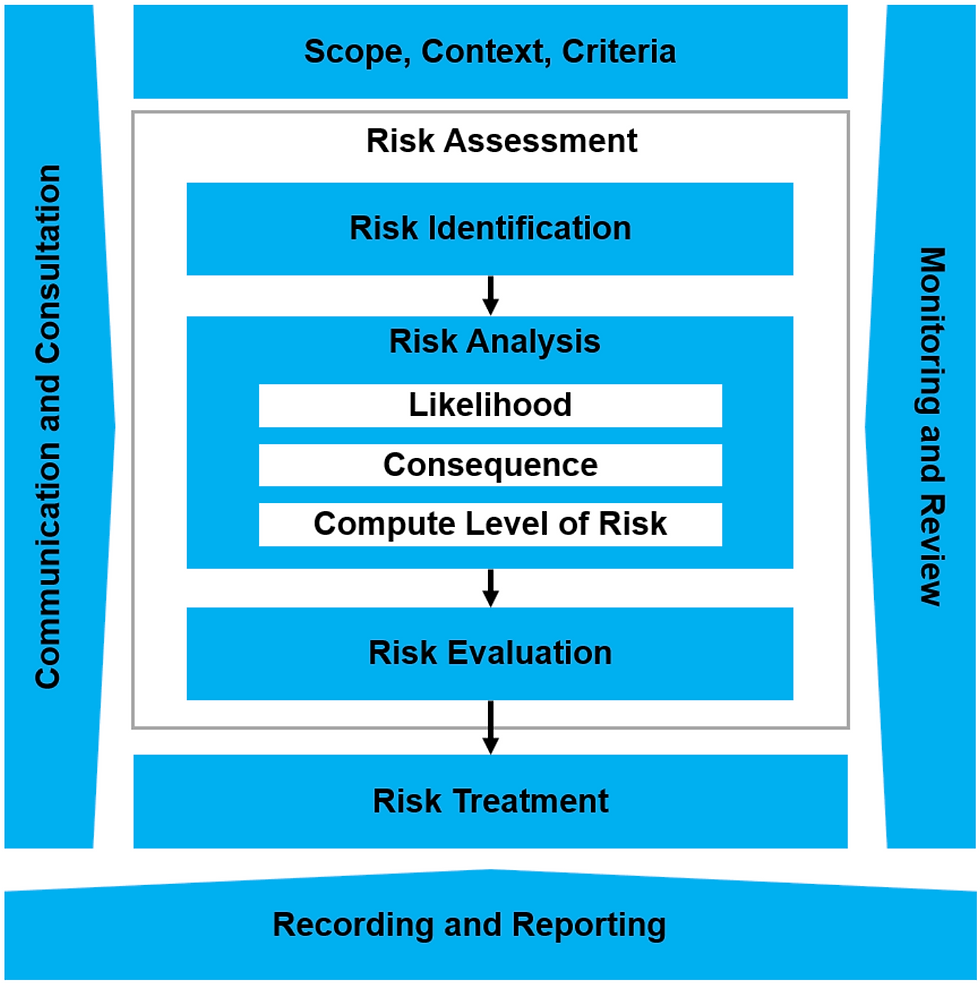SURVIVORSHIP BIAS
- Chegan SRM

- Jan 27, 2023
- 2 min read
Updated: Oct 19, 2023
Survivorship bias is a cognitive bias whereby people only focus on those who have survived a certain event, such as a war or other disaster, and overlook those who did not. This bias can lead to incorrect conclusions, as it ignores the full story of those who were involved in the event. For example, a study looking at the success of war veterans may be limited to those who survived, ignoring those who died in battle, and thereby produce an overly rosy picture of how successful the veterans were.
Survivorship bias is a logical error that occurs when data is evaluated or studied without taking into account any information or data points that have been eliminated or excluded.
This bias can lead to an overestimation of success or an underestimation of failure. This bias occurs when a sample of data is taken only from surviving elements of a population and not from the entire population, resulting in an inaccurate representation. For example, a game of hide-and-seek. Imagine you are looking for your friends, but you only look in the places you know they might be – like the park or their house. You might find them, but you are missing all the other places they might be. That’s like survivorship bias – you are only looking at the data that survived, not the data that didn’t make it. This means you might be missing out on important information that could help you make a better decision.
During World War II, the Allies mapped bullet holes in planes that were hit by Nazi fire.
They sought to strengthen the planes, reinforce areas heavily damaged by enemy artillery to be able to withstand these battles even more.
The immediate decision was to rebuild and reinforce the areas of the plane that had more red dots (or received more bullets). Theoretically, it was a logical deduction. After all, these were the most affected areas.

But Abraham Wald, a mathematician, came to a different conclusion: the red dots represented only the damage to the planes that were able to return, that came home.
The areas that really should reinforce, were the places where there were no points because these are the places where the plane would not survive being hit.
This phenomenon is called survival deviation. It happens when you look at the things that have survived when you should focus on the things that don't.



